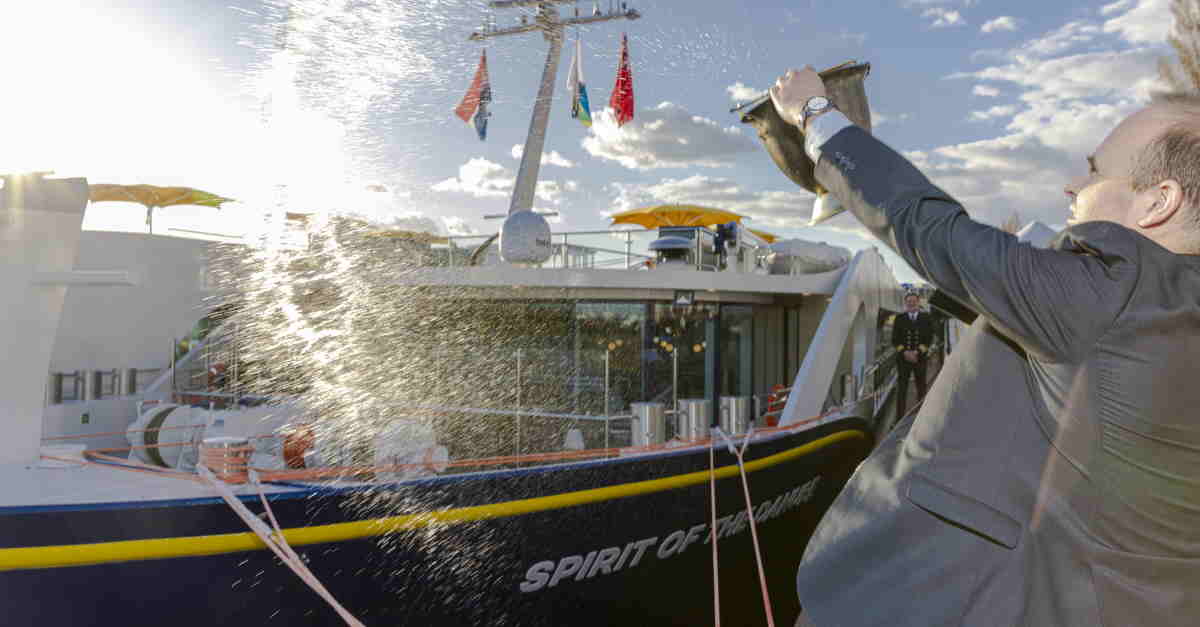Latest airline CO2 emissions data reveals changes since pre-Covid
Comparisons of domestic and long-haul flights detailed

CO2 emissions per UK domestic flight have increased by 18% in the past five years, new analysis of departures and arrivals shows.
However, the overall amount of CO2 emissions emitted by domestic flights fell 11% this summer compared to 2019 – in part due to a 25% post-pandemic drop in domestic connections, according to aviation analytics firm Cirium.
The analysis is based on the CO2 emissions per flight, in kilograms, for all flights departing and arriving at UK airports.
Flights between the UK and Japan have seen emissions rise over the past five years due to extended flight times caused by the closure of Russian airspace due to the war with Ukraine.
CO2 emissions per flight between the UK and Japan rose more than 21% in summer 2024, compared to 2019, with total emissions on the route now higher than pre-pandemic levels, despite fewer scheduled flights overall.
UK-China services have seen a more modest 2% rise in emissions per flight, as Asian carriers continue to use fuel-efficient routings over Russia.
At the same time, transatlantic travel between the UK and US has become more efficient over the past five years due to the retirement of older aircraft, such as the Boeing 747, and introduction of newer generation narrowbody and widebody jets.
Emissions per flight between the UK and US were down 7% in the summer, compared to pre-Covid levels with total CO2 emissions also falling despite an overall increase in scheduled flights between the countries.
Data was analysed for flights flown between June-August 2024 and 2019, accounting for each specific aircraft type and their unique design specifications, combined with real-time operational information and flight conditions.
Cirium says its EmeraldSky methodology provides emissions results based on the seat in a specific class of service, unlike traditional carbon calculators that depend on broad estimates and loose assumptions – such as using pre-planned routes instead of actual flown paths and ignoring variables like wind speed and direction.

 JimMin
JimMin 































